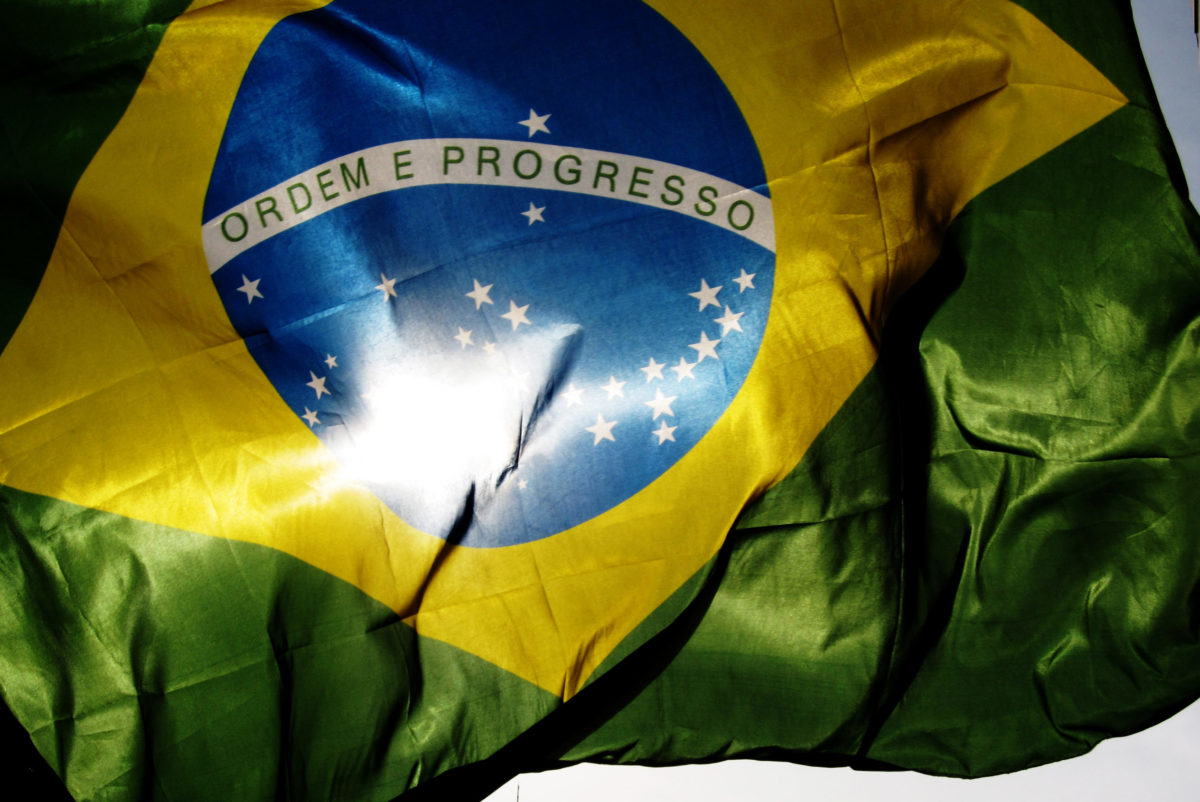From pv magazine Brazil
The Brazilian government published the long-anticipated Law 14.300 in the country's official journal on Friday.
The provisions have introduced a new regulatory framework for the distributed generation segment, which includes all renewable energy power generators not exceeding 5 MW in size operating under a net metering regime. The segment currently accounts for more than 8.4 GW of the 13 GW of installed grid-connected solar capacity in Brazil.
The new rules will introduce a new net metering regime from 2023, which means that PV systems installed this year will not be subject to the grid fees that will be applied in January 2023. However, these grid fees will still guarantee a reasonable level of profitability for Brazilian prosumers and will be gradually increased over the years.
According to Rodrigo Sauaia – the president of the Brazilian solar association, ABSolar – the new rules will ensure legal certainty by maintaining the net metering scheme until 2045.
The National Council for Energy Policy (CNPE) and the energy regulator, ANEEL, will now have 18 months – counted from the publication of the law – to establish the guidelines, costs and benefits of distributed generation to be implemented after the transition period.
According to the CNPE, the Brazilian rules to be stipulated after the transition period, based on CNPE guidelines and Aneel's calculations, will have a positive impact on the continued growth of distributed generation systems in Brazil. Furthermore, the lower remuneration levels for net metering tariffs could increase the payback time of a residential PV system by only up to six months, according to the agency.
“For more than 10 years, Brazilian rules allowed full offsetting of energy credits from distributed renewable generation. When we compare the new Brazilian rules with good international practices, Brazil is well-positioned to further support its distributed-generation segment,” said the vice president of distributed generation at ABSolar, Barbara Rubim.
This content is protected by copyright and may not be reused. If you want to cooperate with us and would like to reuse some of our content, please contact: editors@pv-magazine.com.



6 comments
By submitting this form you agree to pv magazine using your data for the purposes of publishing your comment.
Your personal data will only be disclosed or otherwise transmitted to third parties for the purposes of spam filtering or if this is necessary for technical maintenance of the website. Any other transfer to third parties will not take place unless this is justified on the basis of applicable data protection regulations or if pv magazine is legally obliged to do so.
You may revoke this consent at any time with effect for the future, in which case your personal data will be deleted immediately. Otherwise, your data will be deleted if pv magazine has processed your request or the purpose of data storage is fulfilled.
Further information on data privacy can be found in our Data Protection Policy.